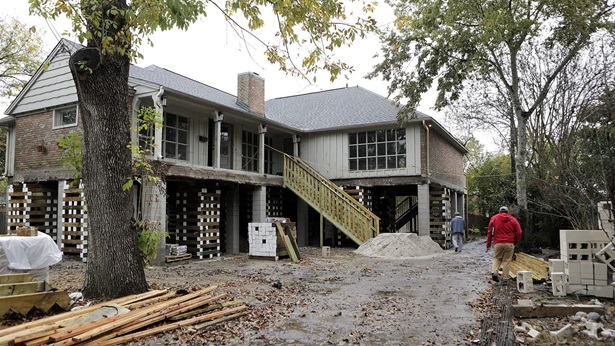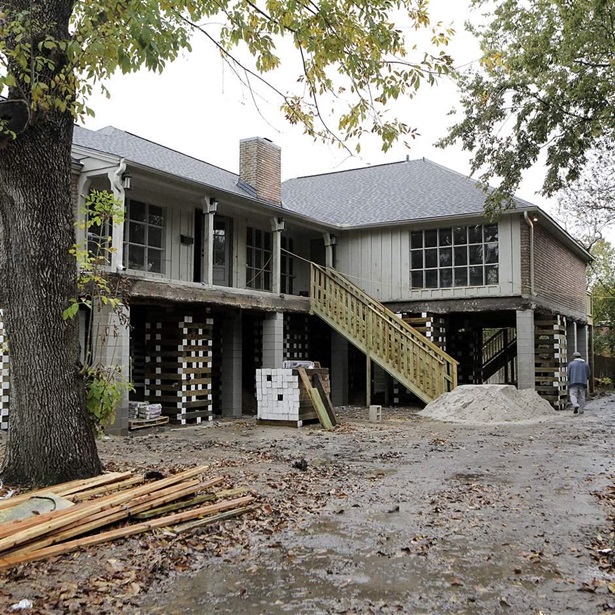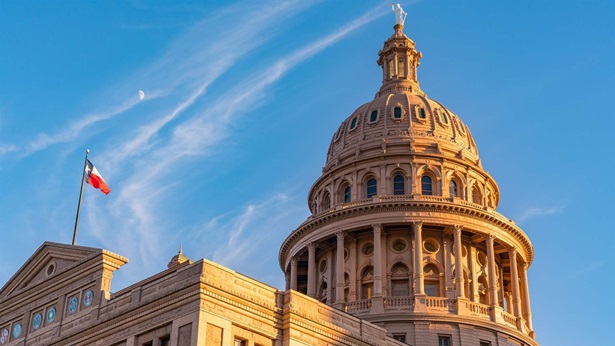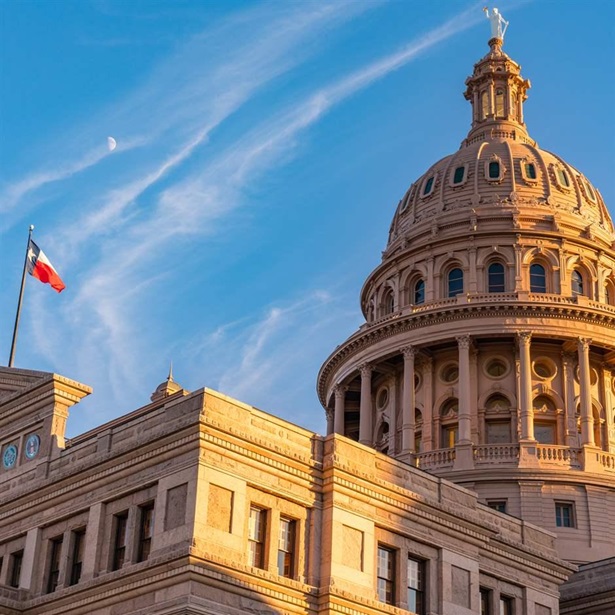How Texas Is Planning and Investing to Guard Against Future Floods
A collection of Pew’s resources to help the Lone Star State reduce costs and impacts
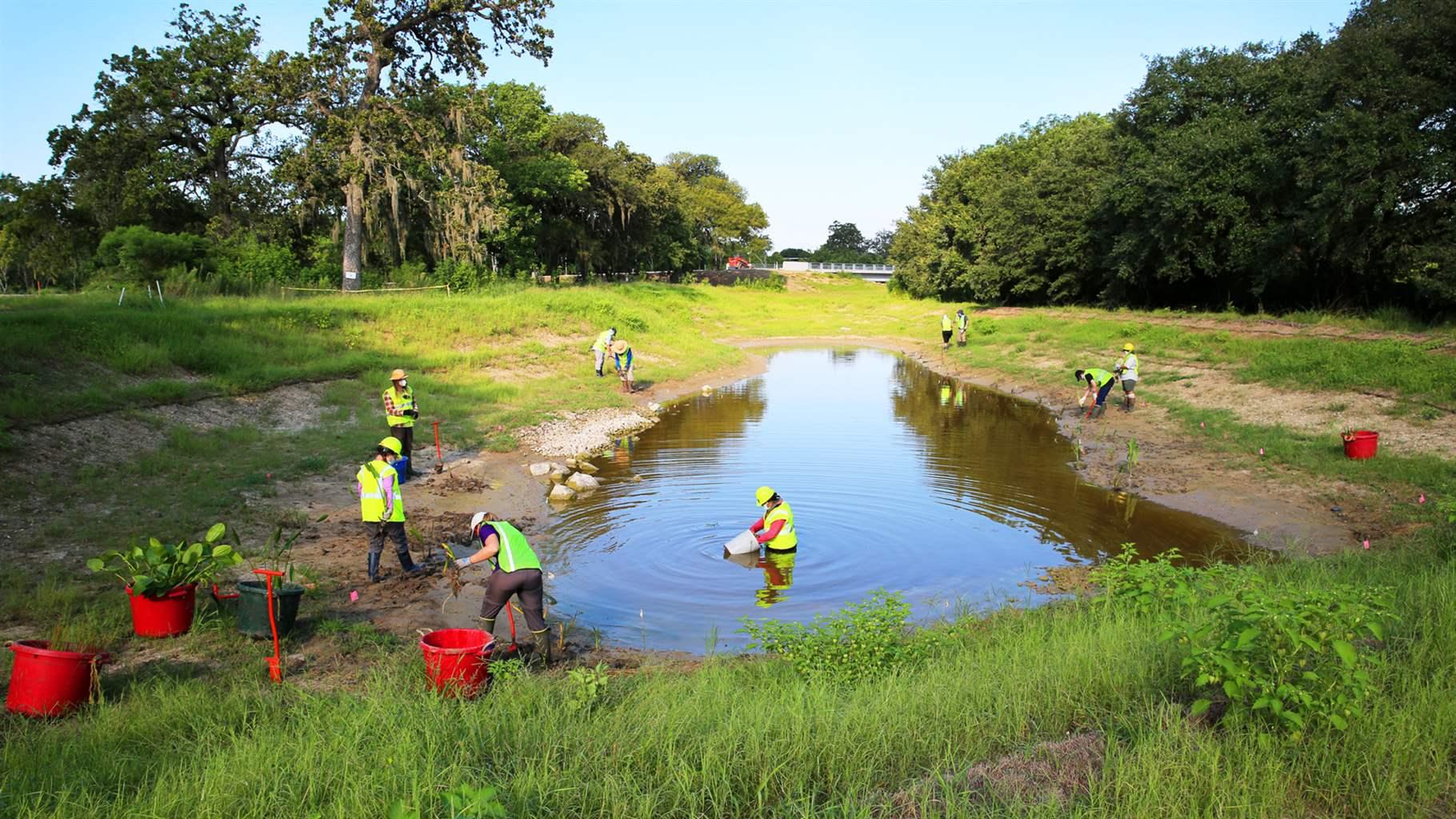
When Hurricane Harvey made landfall in Texas in 2017, it became the second-costliest natural disaster in U.S. history, with severe flooding contributing to an estimated $125 billion in damage to homes, businesses, and infrastructure. Since then, the state has experienced multiple federally declared flood-related disasters. As Texas continues to build back from these devastating events, Pew is working to inform watershed-scale flood planning efforts, encourage the use of nature-based solutions to reduce risk, and secure funding to help communities better prepare for severe storms.
